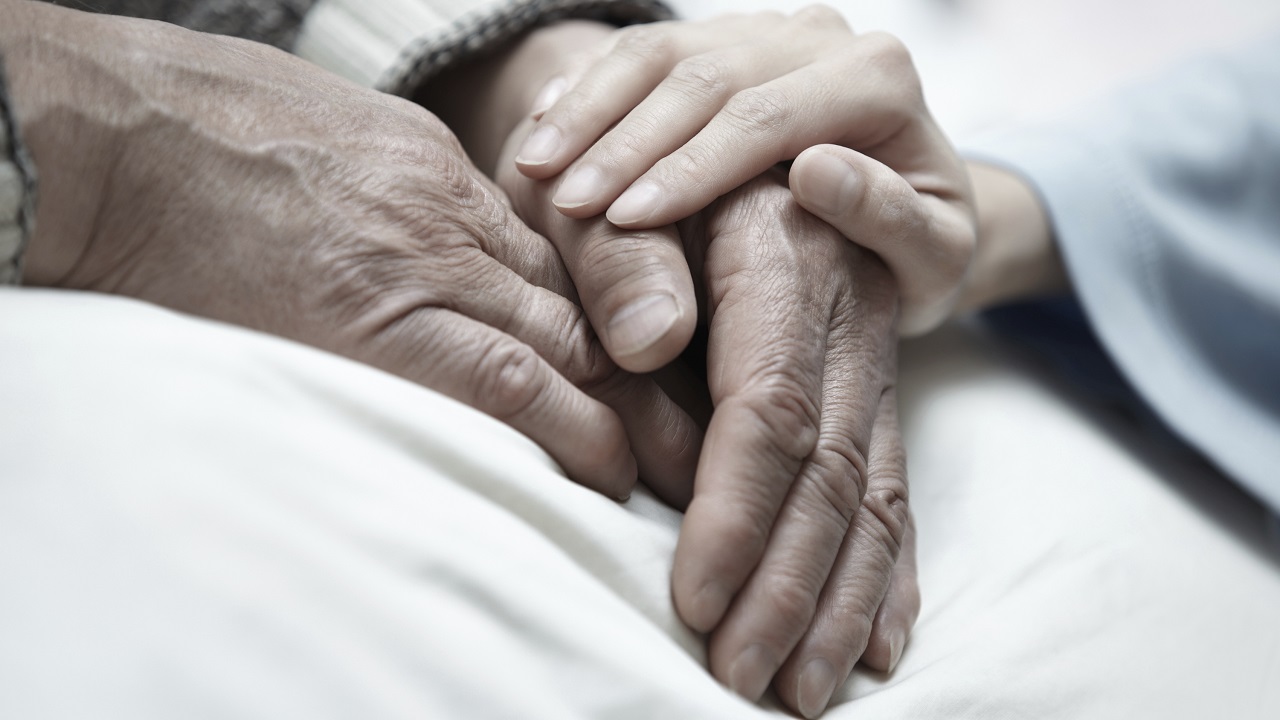I wrote this piece on Thanksgiving, but it has meaning 365 days a year. The truth is that seniors like me would be utterly LOST without our caregivers.
At this point in my journey with aging and Parkinson’s disease, I see only glimpses of the dark at the end of the tunnel.
I’m still in pretty good shape with few physical caregiving requirements, but I benefit immensely from the emotional support I get from my friends and my families — both the Schappis and my housemates from Nepal. One of these days, though, I’ll be in the midst of that dark end of the tunnel, dependent on caregivers to help me both physically and mentally.
Each week at my Parkinson’s support group meetings, I see friends in the later stages of PD declining. I hear about the challenges they face and how much they depend on their caregivers — spouses, adult children, and/or professionals. There is no denying that both family caregivers and paid professionals are responsible for supporting a vast number of seniors across this country.
According to LongTermCare.gov, someone turning 65 today has almost a 70 percent chance of needing some type of long-term care services and supports in their remaining years. This very real possibility looms large for all of us. It’s important to understand all the hard work and sacrifice that goes into caregiving so we can fully appreciate those who support us and help us age with dignity.
The reality of being a family caregiver in America
According to the Caregiving in the U.S. 2020 report published by the National Alliance for Caregiving (NAC) and the AARP Public Policy Institute, an estimated 41.8 million adults provide care for a loved one age 50 or older. In America, the average family caregiver is a 49-year-old woman who works outside the home and also spends nearly 24 hours a week providing unpaid care for a relative. The average duration of caregiving is a whopping 4.5 years.
Many caregivers struggle to balance their care commitments with the requirements of work and family. Sandwich generation caregivers face unique challenges as they’re torn between raising their children and supporting aging relatives who need their help.
Specific caregiving responsibilities vary greatly, though. Some caregivers help with activities of daily living (ADLs), such as walking, eating, bathing, toileting, and dressing. Others are tasked with assisting loved ones with instrumental activities of daily living (IADLs) like cooking, shopping, transportation, and paying bills. Increasingly, informal caregivers also perform medical and nursing tasks like operating durable medical equipment, assisting with wound care, and managing medications.
Dementia caregivers must cope with workloads that are both physically and emotionally demanding and become more intense as their loved ones decline. According to the Alzheimer’s Association, approximately 11 million people provide unpaid care for seniors with Alzheimer’s disease or other forms of dementia. High levels of caregiver stress and burden leave these individuals particularly vulnerable to Alzheimer’s caregiver burnout, which can have both immediate and long-lasting negative effects on one’s well-being.
While just over half (51%) of caregivers acknowledge that their role has given them a sense of purpose or meaning in life, caregiving is certainly not without its challenges. Nearly one in four caregivers state that their role has made it difficult to take care of their own health. Thirty-six percent consider their caregiving situation to be highly stressful emotionally, while 17% report high physical strain associated with their duties.
Six in 10 working caregivers report experiencing at least one impact or change to their employment situation as a result of caregiving, such as taking time off to provide care, cutting back their hours, receiving warnings about poor attendance/performance, and quitting working altogether. This further compounds the financial impact that caregiving has on most families. Sadly, the most recent data published by the AARP Public Policy Institute reveals that unpaid family caregivers provided around 34 billion hours of care in 2017, amounting to an estimated economic value of $470 billion.
Read more: Caregiver Statistics: Facts About Family Caregivers
We should all be thankful for caregivers
Statistics can be confusing, even overwhelming for people to look at, but I wanted to illustrate the fact that family caregivers are responsible for supporting the majority of our ill, aging, and disabled loved ones in this country. Most do not get paid for the physically and emotionally trying work they do. Caregiving is a labor of love that involves many sacrifices and is a necessity for those families who cannot afford the costs of long-term care.
As the baby boomer generation ages rapidly and the availability of affordable elder care services and supportive resources continues to lag behind demand, it’s a given: at some point in virtually all our lives, we will either give or receive care. On this day and every day, we should give thanks to our caregivers for all they do.
Editor’s Note: After a long battle with Parkinson’s disease and two strokes, John Schappi passed away on February 21, 2018. He was 88 years old.
